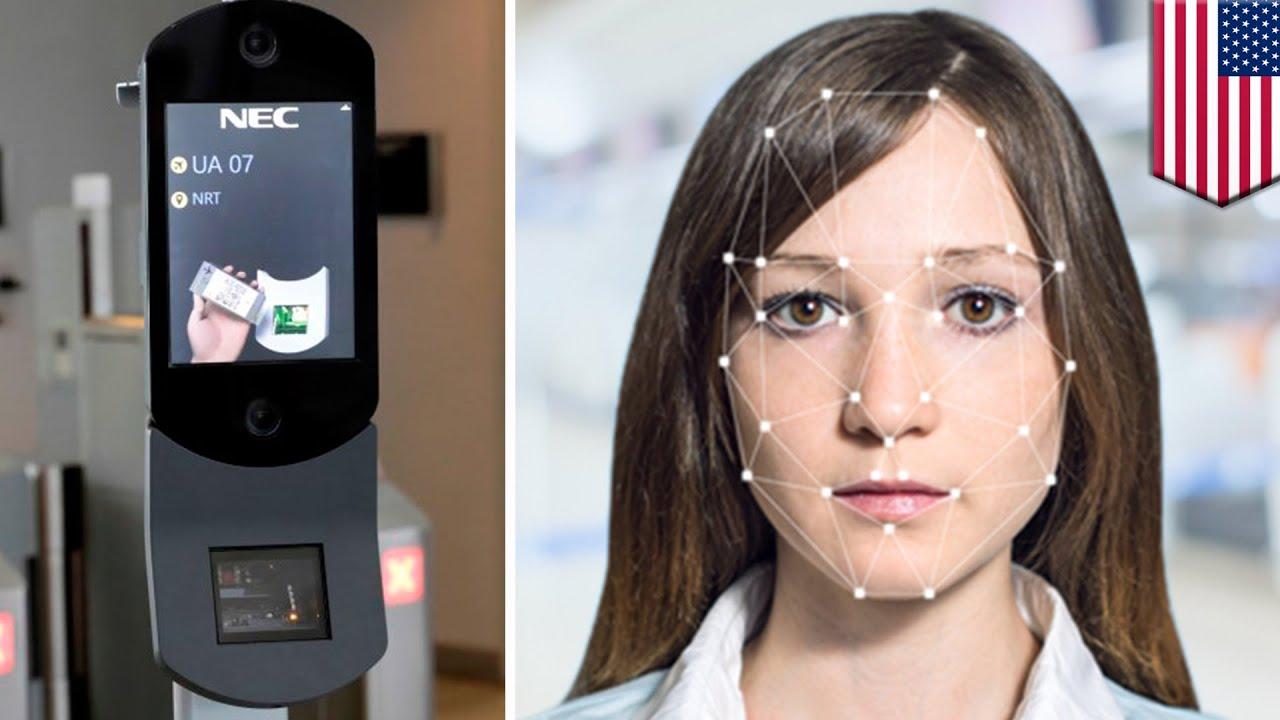A technology that has long been viewed as a luxury due to its cost, a transformative change is underway. The 3d scanning emerges as a herald of this new era, combining high-precision scanning capabilities with an affordability that challenges the status quo. This article explores the economic advantage presented by the Mole 3D Scanner, comparing its cost with other market options and examining its potential to redefine accessibility in the field.
Breaking the Price Barrier
Traditionally, 3D scanning technology, especially models boasting high precision and multispectral capabilities, came with a hefty price tag. This cost barrier limited access to large corporations and well-funded research institutions, leaving small businesses, educational entities, and hobbyists on the sidelines. The Mole 3D Scanner shifts this dynamic by offering an accuracy of 0.05mm, at a fraction of the cost of its counterparts. This shift not only opens up the technology to a broader user base but also stimulates innovation and creativity across various sectors.
Cost Comparison and Market Analysis
When placed side by side with other 3D scanners in the market, the Mole 3D Scanner stands out not just for its affordability but also for the value it offers. For a price that is significantly lower than high-end models, it delivers a level of precision that is either on par or close enough to meet the demands of most applications. This cost-effectiveness is particularly appealing to small businesses and startups, where budget constraints often limit access to advanced technological tools. By lowering the financial entry point, the Mole 3D Scanner enables these smaller entities to compete more effectively and innovate within their industries.
The Cost-Benefit Ratio for Small Businesses and Hobbyists
For small businesses, the affordability of the Mole 3D Scanner translates into a competitive advantage. It allows them to engage in prototyping, product development, and quality control processes that were previously out of reach, thereby leveling the playing field with larger companies. Hobbyists and educators, on the other hand, gain access to a tool that can significantly enhance learning experiences and project outcomes. The scanner's precision and ease of use, combined with its affordability, make it an invaluable resource for STEM education, enabling students to work on projects that were once considered too advanced or cost-prohibitive.
